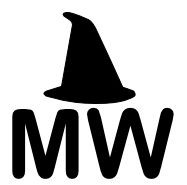SUPERCE in Batch To Compare Datasets
USING SUPERCE TO COMPARE TWO DATASETS (IN BATCH) The following JCL can be used to compare two datasets using the SUPERCE batch utility. //SUPERCE JOB (XXXXXXXX,,,,,XXXX),’ ‘, //SUPERC EXEC PGM=ISRSUPC, […]
SUPERCE in Batch To Compare Datasets Read More »
